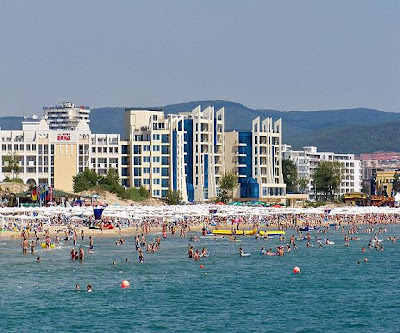To the loving of loving tourist person its nice site seeing place for this winter, here are the five beautiful places in Canadian to celebrate.
The Plains of Abraham, Quebec City – Tourists report seeing ghosts, smelling cannon fire, and being chilled by a ghostly wind on this 1759 battle ground, where British and French soldiers clashed. The spirits of servicemen are said to roam the Plains in search of fallen comrades, or their missing body parts.
McBurney Park, Kingston – Souls of thousands of Irish and Scottish immigrants, who died here from diseases such as cholera and typhus, are said to rise from their graves beneath this city park in search of their loved ones. Little ghost children head to the playground for a turn on the swings in what’s known by locals as Skeleton Park.
Bytown Museum, Ottawa – Six resident ghosts, and a little ghost dog, hang around in this Ontario museum, considered to be one of the most actively haunted places in the country. If you’re in the doll exhibit, listen carefully for the sound of children crying, and keep a close eye on the dolls – many claim to have seen them winking and moving.
Banff Springs Hotel, Alberta – Does Sam the bellman still “work” here 23 years after his death? Does the bride who fell down the stairs on her wedding day still wander the halls in search of her groom.
Vogue Theatre, Vancouver – This beautiful Art Deco heritage building comes with two ghosts. One sits in the seating area, dressed in a white tuxedo and black bow tie, while the other is known by its footsteps in the downstairs dressing room.

















